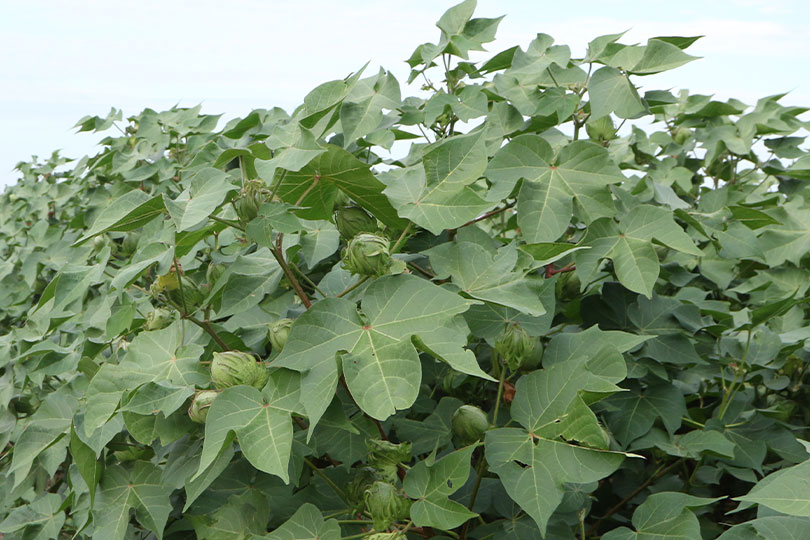By Emmy Powell
Communications Specialist
Boll weevils’ hunger for cotton led to one of the most successful public-private partnerships in U.S. agricultural history.
For three decades, cotton farmers and entomologists have worked to eradicate the pest, and efforts have paid off. The Boll Weevil Eradication Program is winning, and boll weevils have been slowly eradicated from most of the Cotton Belt.
The pest, however, can still be found along the river in about 20% of the cotton grown in the Lower Rio Grande Valley.
Prior to the eradication program, boll weevils could be found in millions of acres spanning the Cotton Belt from California to the Carolinas.
The small beetle would eat its way through cotton fields, leading to increased input costs and lower yields. But eradication efforts have now protected billions of dollars in income for Texas cotton farmers.
“The boll weevil is detrimental to cotton plants as the weevil feeds on the plant and lays eggs in the buds and bolls. That reduces fiber yields and grades,” Brant Wilbourn, Texas Farm Bureau associate director of Commodity and Regulatory Activities, said.
A 2022 Texas A&M AgriLife Extension Service economic impact evaluation of the eradication program estimated the cumulative increase in net returns to Texas cotton farmers since 1996 to be $5.5 billion.
The initial Texas Boll Weevil Eradication Plan was written in 1993 by Dr. Ray Frisbie, former AgriLife Extension entomologist and professor, and Dr. J. R. Brazell, a scientist with the U.S. Department of Agriculture’s (USDA)Animal and Plant Health Inspection Service (APHIS).
“Before it started, there was a lot of debate among scientists about whether an eradication program was even feasible,” Frisbie, said. “But it is the single most successful insect elimination program in the U.S. It’s a big victory.”
The plan encouraged the formation of the Texas Boll Weevil Eradication Foundation with the Texas Cotton Producers Inc. as the main organization charged with implementation. The foundation is charged with the eradication efforts in collaboration with AgriLife Extension, Texas A&M AgriLife Research, the Department of Entomology in the College of Agriculture and Life Sciences, the Texas Department of Agriculture, USDA and APHIS.
Eradication efforts in Texas started in 1994 and began on one front in the southern Rolling Plains. A second eradication front began in 1995 in the Lower Rio Grande Valley. The foundation continues to lead the program today with technical support from AgriLife and USDA.
With some assistance from state and federal governments, cotton farmers have funded the majority of the eradication of boll weevils.
“The cotton producers paid the way, but their buy-in wasn’t just the money to make the program go,” Woody Anderson, chairman of the Texas Boll Weevil Eradication Foundation’s board of directors, said. “The farmers had to work together because if Farmer Joe next door wasn’t implementing the program and hosted reproduction, then the program goes nowhere. We’ve had great grower support.”
Within the next few years, Frisbie believes boll weevils will be completely eradicated in South Texas, and the U.S. program will move into a post-eradication monitoring phase. He noted coordination with ongoing eradication programs in Mexico is essential to prevent re-infestation of U.S. cotton.
It is more cost-effective to maintain the program with monitoring traps and concerted farming protocols than trying to gain ground in acres with infestations.
After eradication, cotton yields have increased 30%-40%.
“Since the Boll Weevil Eradication Program began in Texas, both cotton acreage and net returns have increased substantially due to the success of the program,” Wilbourn said.

